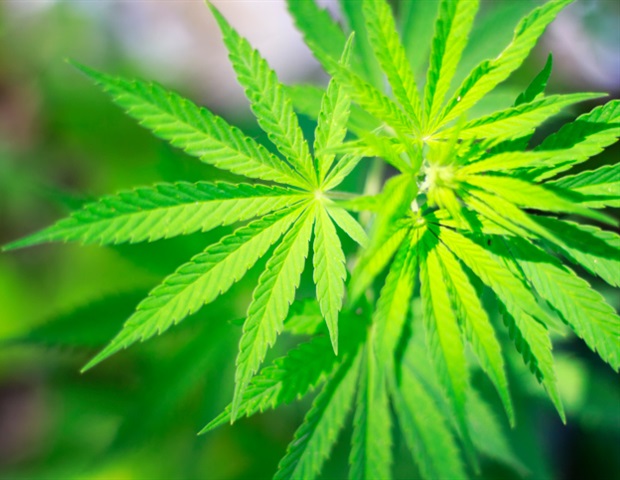Study shows joint effects of perceived risk and availability on cannabis use
[ad_1]
According to a new study from the Columbia University Mailman School of Public Health, the combined perceptions of the risk and availability of cannabis influence the risk of cannabis use more than the perceived risk and the perceived availability. Researchers observed that those who perceived cannabis to be low risk and available were more likely to report using the drug in the past year and almost daily compared to those who perceived cannabis as high risk and not available. . This is the first study to consider the joint effects of perceived risk and perceived availability. The results are published in the journal Drug and alcohol addiction.
Our study described the evolution of joint perceptions of risk and availability of cannabis from 2002 to 2018 and estimated the relationship between combined perceptions and use of cannabis in the previous year, frequent use and disorders. related to cannabis use. Studying perceived risk and availability in conjunction has revealed more nuanced patterns than looking at each perception in isolation. “
Natalie Levy, MPH, PhD student, Columbia Mailman School Department of Epidemiology, and first author
Using data on 949,285 participants from the National Drug Use and Health Surveys from 2002 to 2018, the researchers observed that the prevalence of perceived low-risk cannabis use doubled during this period. , while the prevalence of the perception of cannabis as available increased only slightly. Examining the joint categories of perceived risk and perceived availability, they found that the prevalence of the perception of cannabis as both low risk and available increased from 17% in 2002 to 36% in 2018, while that the proportion of the population perceiving cannabis as high risk and available or high risk and not available has declined. In 2018, a greater proportion of the population perceived marijuana as low risk and available (36%) than both high risk and available and high risk and not available, at 26% and 27%, respectively.
People who perceived cannabis as low risk were six times more likely to have used cannabis in the past year than people who perceived the drug as high risk. Likewise, people who perceived cannabis as available were five times more likely to have used cannabis in the past year than those who perceived it as unavailable. However, people who perceived marijuana to be both low risk and available were 22 times more likely to have used the drug in the past year than those who saw cannabis as high risk and not available.
In 2018, most people who reported that they had not used cannabis in the previous year considered cannabis to be high risk, whether or not they distinguished between its availability and non-availability. In contrast, the majority of people who used cannabis in the past year perceived the drug to be low risk and available and this perception reached even higher levels among those reporting frequent use.
Perceptions of cannabis also differed by gender. Overall, a greater proportion of men viewed cannabis as less risky and more available than women, but the trends differed by age. “We found minimal differences in perceptions by gender in the 12 to 17 age group, while among all 18 and older the prevalence of the perception of cannabis as low risk and available was higher. high in men than in women; perceiving cannabis as high risk and unavailable was more common among women each year, â€noted Levy.
“Our results provide an important starting point for exploring specific hypotheses regarding the effects of perceptions on individual cannabis outcomes and underscore the importance of jointly exploring perceived risk and availability,” said Silvia Martins, MD, PhD , associate professor of epidemiology at Columbia Mailman School, director of the Substance Abuse Epidemiology Unit of the Department of Epidemiology and senior author. “For example, our results suggest that prevention efforts that focus only on the risks of cannabis use may be less effective in people who perceive cannabis as readily available.
“Trends in perceptions – especially among younger age groups – may also identify priority groups for intervention,†observed Levy. “A better understanding of these relationships is particularly important in light of the rapidly evolving policies on cannabis, a contextual factor that may influence perceptions of the risk and availability of cannabis and its subsequent use.”
Source:
Journal reference:
Levy, NS, et al. (2021) Joint Perceptions of Cannabis Risk and Availability in the United States, 2002-2018. Drug and alcohol addiction. doi.org/10.1016/j.drugalcdep.2021.108873.
[ad_2]

